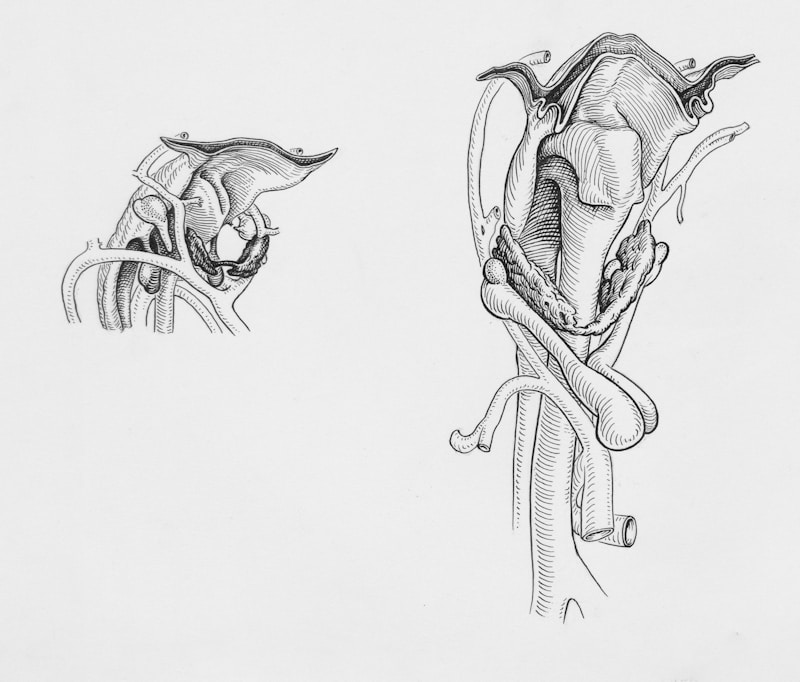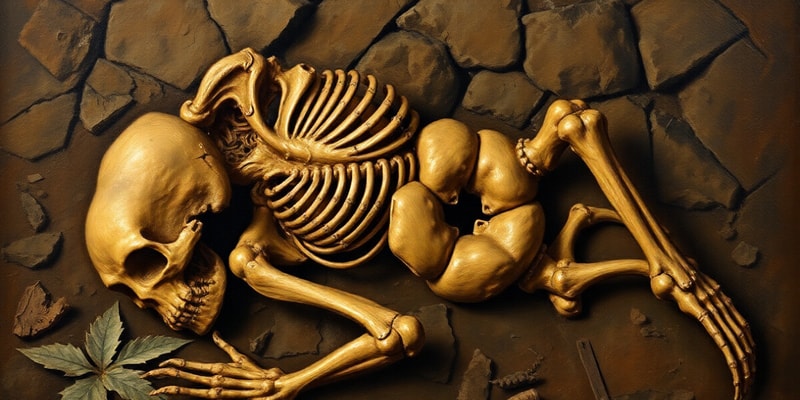Podcast
Questions and Answers
What is essential to consider when interpreting the condition of biological remains during a taphonomic assessment?
Which of the following is a key goal in a taphonomic assessment?
What type of injuries must be identified during a taphonomic assessment?
In the context of a taphonomic assessment, what does 'postmortem interval' refer to?
Signup and view all the answers
Why is it important to interpret biological settings during an assessment?
Signup and view all the answers
Study Notes
Taphonomic Assessment
- Taphonomic assessment is a crucial aspect of forensic investigations, involving the analysis of the postmortem changes and environmental factors affecting a body.
- It helps reconstruct the circumstances surrounding a death, including the postmortem interval (PMI) and the sequence of events that occurred after death.
- The condition of the body provides valuable information about the biological setting, including whether the remains were found in a terrestrial, aquatic, or cold environment – each environment impacts decomposition and preservation differently.
- Assessing the body's condition can help determine if the body has been moved or disturbed after death.
- Estimating the postmortem interval (PMI) is a crucial aspect of taphonomic assessment, helping to determine the time of death. This utilizes the stages of decomposition and various factors including environmental conditions
- A taphonomic assessment involves identifying any wounds or injuries on the body, often helping to determine cause of death and the details of the events leading up to it.
Studying That Suits You
Use AI to generate personalized quizzes and flashcards to suit your learning preferences.
Description
Explore the critical components of taphonomic assessment in forensic investigations. This quiz delves into the analysis of postmortem changes and environmental factors influencing decomposition. Learn to estimate the postmortem interval (PMI) and identify the implications of various environments on body condition.




